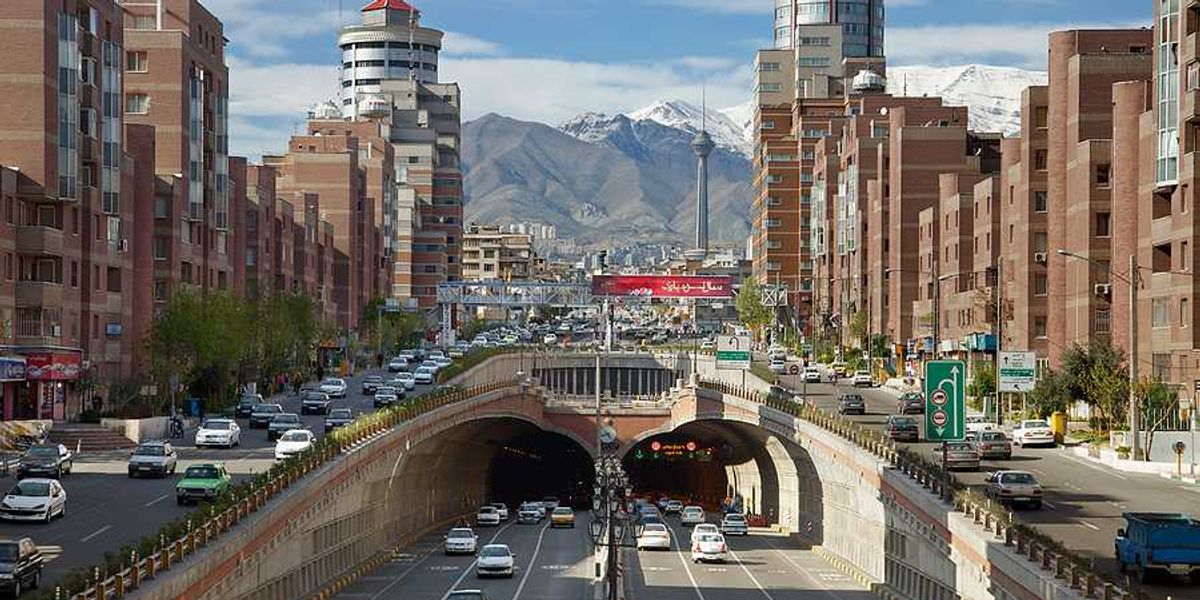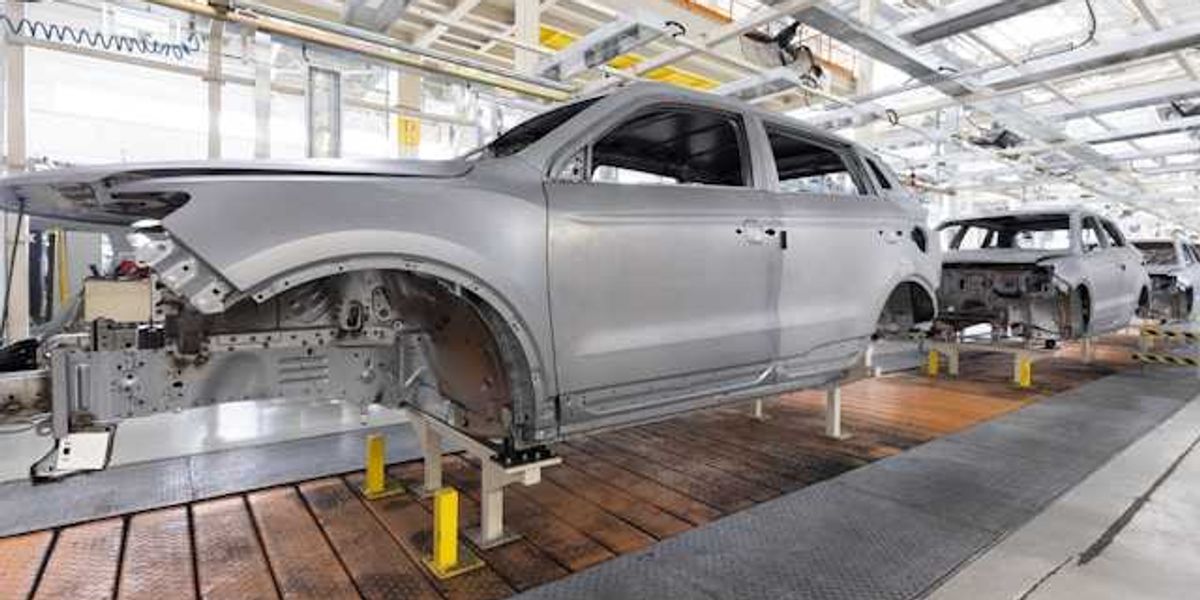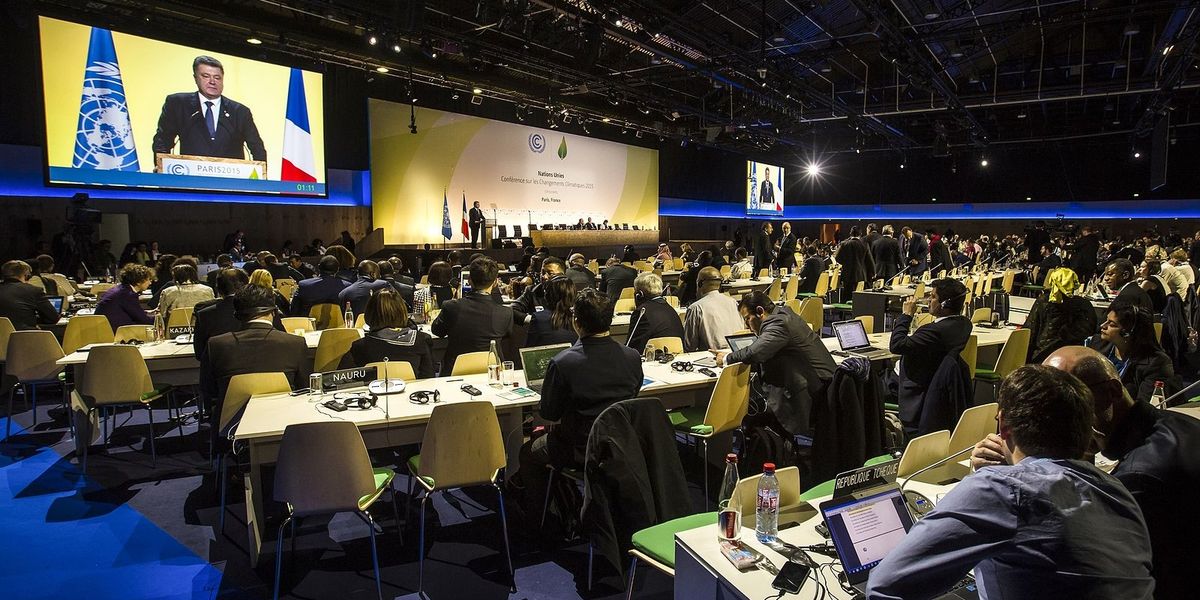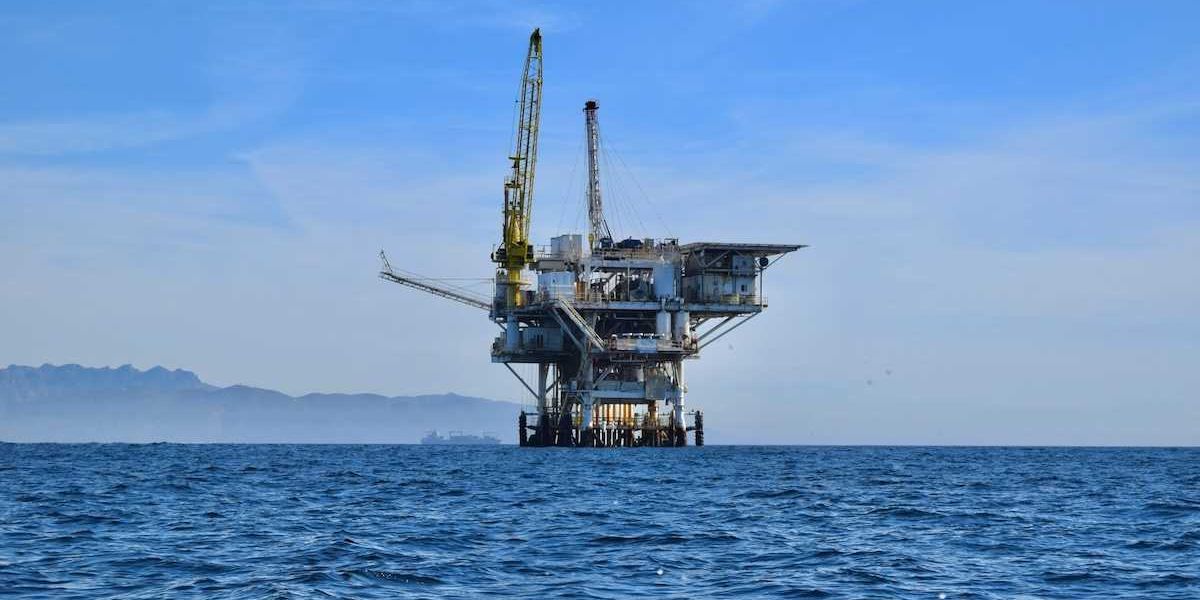Chile moves to hold clothing importers accountable for fast fashion waste
Chile has expanded its producer responsibility law to include textiles, aiming to clean up massive clothing dumps in the Atacama Desert and shift the country toward a circular economy.
John Bartlett reports for The Guardian.
In short:
- Chile’s environment ministry now requires importers to report the volume of clothing they bring into the country, as part of a new policy targeting textile waste under its extended producer responsibility law.
- Over 90% of textiles in Chile are imported, with an estimated 123,000 tons of second-hand clothing entering the country annually — much of it ending up in illegal dumps in the Atacama Desert.
- The government plans to introduce regulations encouraging repair, reuse, and recycling, and to eliminate unregulated clothing dumpsites that often burn waste and pollute nearby communities.
Key quote:
“The inclusion of textiles in the [producer responsibility law] will establish the obligations of producers, who will no longer be able to disregard the environmental impacts of unused textiles.”
— Maisa Rojas, Chile’s environment minister
Why this matters:
Textile waste is a growing global problem, with environmental and public health consequences that often go unseen. In Chile’s Atacama Desert, used clothing imports have overwhelmed local infrastructure, creating massive dumps that leach chemicals and microfibers into the soil and air. Some clothes are burned, releasing toxic chemicals that can harm respiratory health in nearby communities. The issue reflects the broader costs of fast fashion — an industry built on rapid turnover, fossil fuel- based synthetic fibers, and global supply chains that shift waste burdens onto poorer nations. As textile production increases worldwide, unmanaged waste will likely expand, threatening both ecosystems and the people living closest to discarded goods.
Related: Why shoppers should avoid fabric blends when buying clothes













